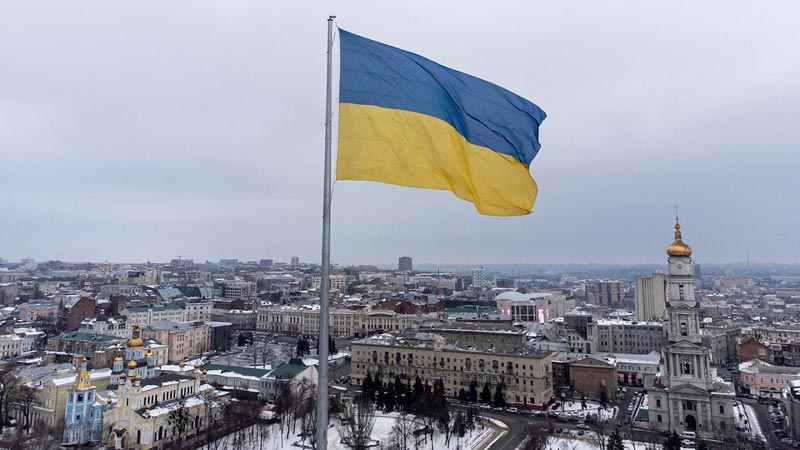
 By Eliza Popova
By Eliza Popova
And until the 1930s, during the drought, people died whole villages. The North Crimean Channel was built by residents of Kyiv, Kherson, Rivne, Donetsk region, Zaporizhzhia. I saw such information in archival documents when I was headed by the Republican Committee of Water Management of the Autonomous Republic of Crimea. The construction of the channel has dramatically changed the situation. For example, in 1986, more than 80,000 hectares of agricultural land irrigated.
In 1990 - already 400,000 hectares. In particular, 30,000 hectares are rice checks (fields), namely the rice became the largest consumer of water in Crimea. Consider the situation at the time of the annexation of Crimea, which took place with the water supply system, which were plans. In 2013, water consumption in Crimea exceeded 1 billion cubic meters. Crimea received about 85% of this water with the North Crimean Channel. The remaining 15% are from local reservoirs and artesian wells.
The main consumers of water: agricultural sector - 72%, communal needs of the population (1. 5 million Crimeans) - 20%, industry - 8%. "Drinking water" or, more correctly, the communal needs of the peninsula can be provided with local water. To do this, it is necessary to put in the construction of main water pipes (for the transfer of water into low water regions) and to repair utility networks of cities (because there are losses of communal water from 40% to 70%).
The occupiers are not very invested in the development of appropriate utility networks, so the problem of water supply is relevant all 8 years of occupation. However, without the Dnieper water it is impossible to solve the problem of the agro -complex. Most of the peninsula are agrarian areas. Most of the able -bodied population was involved in agriculture. The main income of Crimea was received from the agrarian sector, industry and transit. Not from tourism (as it is considered).
Thus, if we are talking about the development of Crimea as an agrarian, industrial region, with a large number of jobs and a reproductive structure of the economy, that is, Crimea, which Ukraine and Crimeans sees it, its existence without the restoration of systemic water supply from the Dnieper is impossible.
After the destruction of the main building of the North-Crimean Channel, which finally happened with the exploration of the occupiers of the Novokakhovsk Hydroelectric Power Plant, the issue of restoration can only stand in the context of building a new complex of structures. If we talk about the plans of the enemy, then undermining the hydroelectric power station is another testimony that Russia is interested in Crimea solely as a military base.
They are not disturbed by the decline of the agro -complex, industry, economic capacity of Crimean ports. Even the resort potential of Crimea is only an additional social factor for them to motivate the moving to the Crimea of the general and officers.
Therefore, internal reserves of water, in particular its own natural reservoirs and artesian wells, are quite enough for the occupied representatives of the colonized peoples of Russia during the mobilization during the mobilization during the mobilization of thirst during the protection of the occupied Crimea from the civilized world. And this is their main purpose on the peninsula. In view of this, we need to prepare for systematic work on the restoration and development of Ukrainian pearl.
In 2010, I developed the state program "Water of Crimea", which in 2012 was approved by the Cabinet of Ministers of Ukraine. It was designed for 2013-2020 and provided for almost $ 1 billion funding, of which half -from the State Budget of Ukraine (the rest -private and local money). Such a program would make it possible to rationally use the Agropotential of Crimea and change the peninsula economy from the subsidy to progressive and profitable.










All rights reserved IN-Ukraine.info - 2022